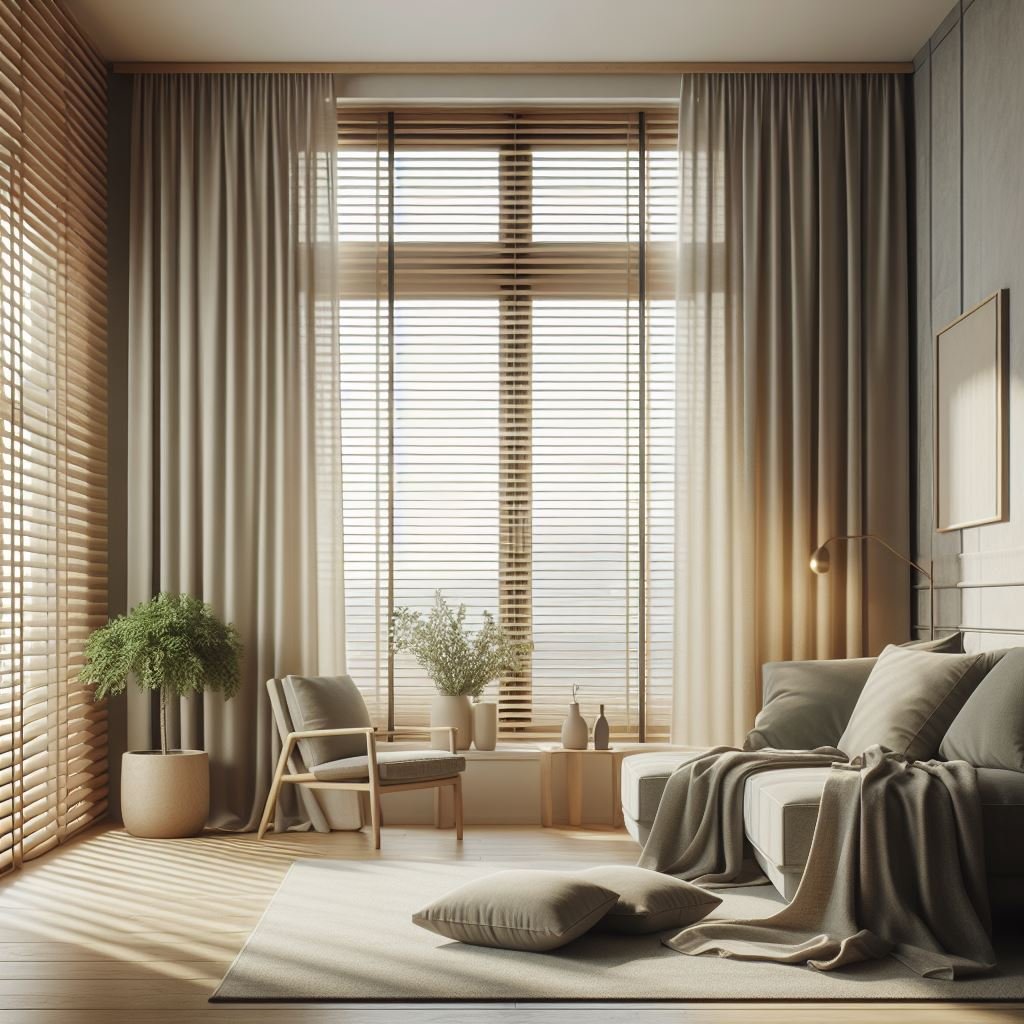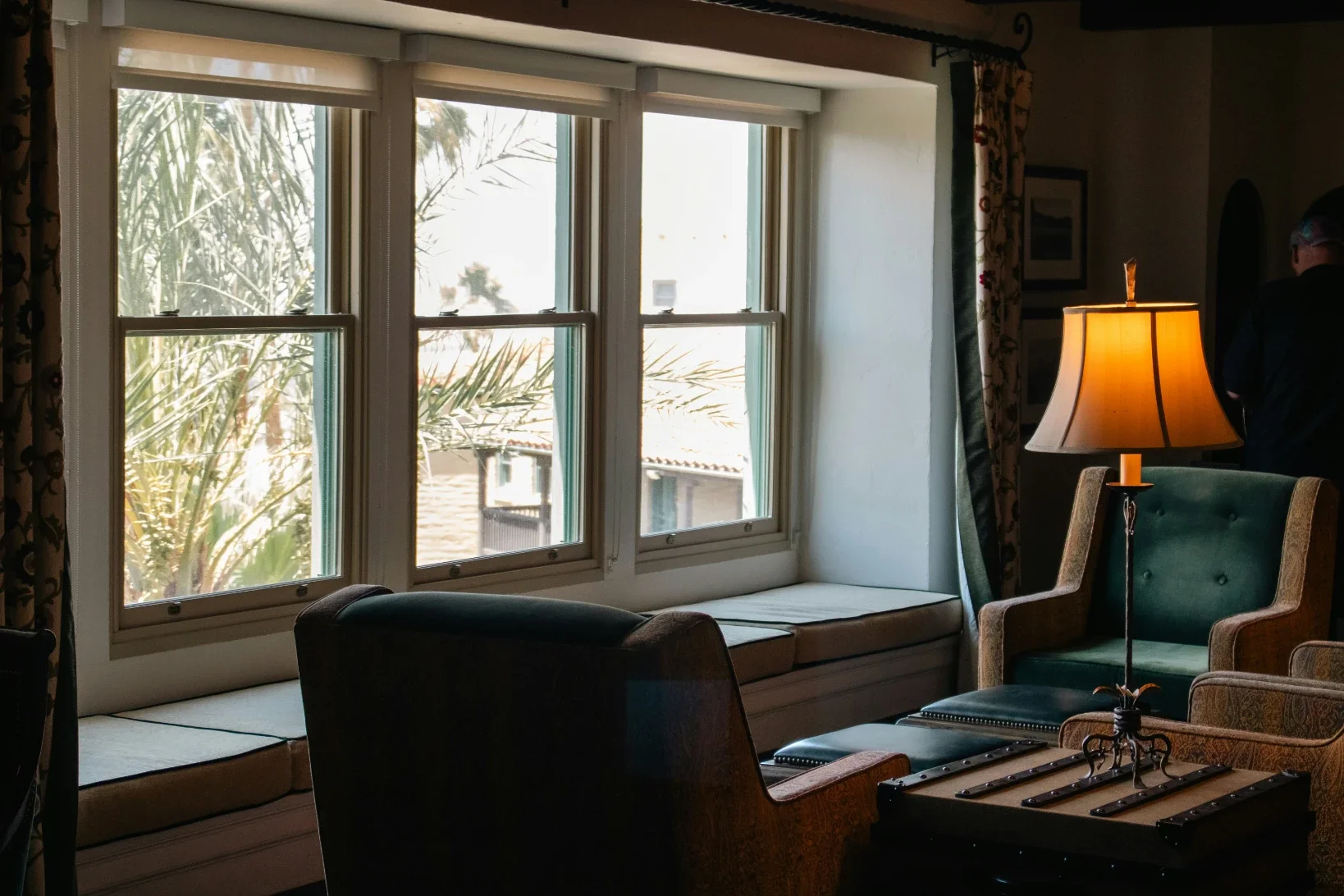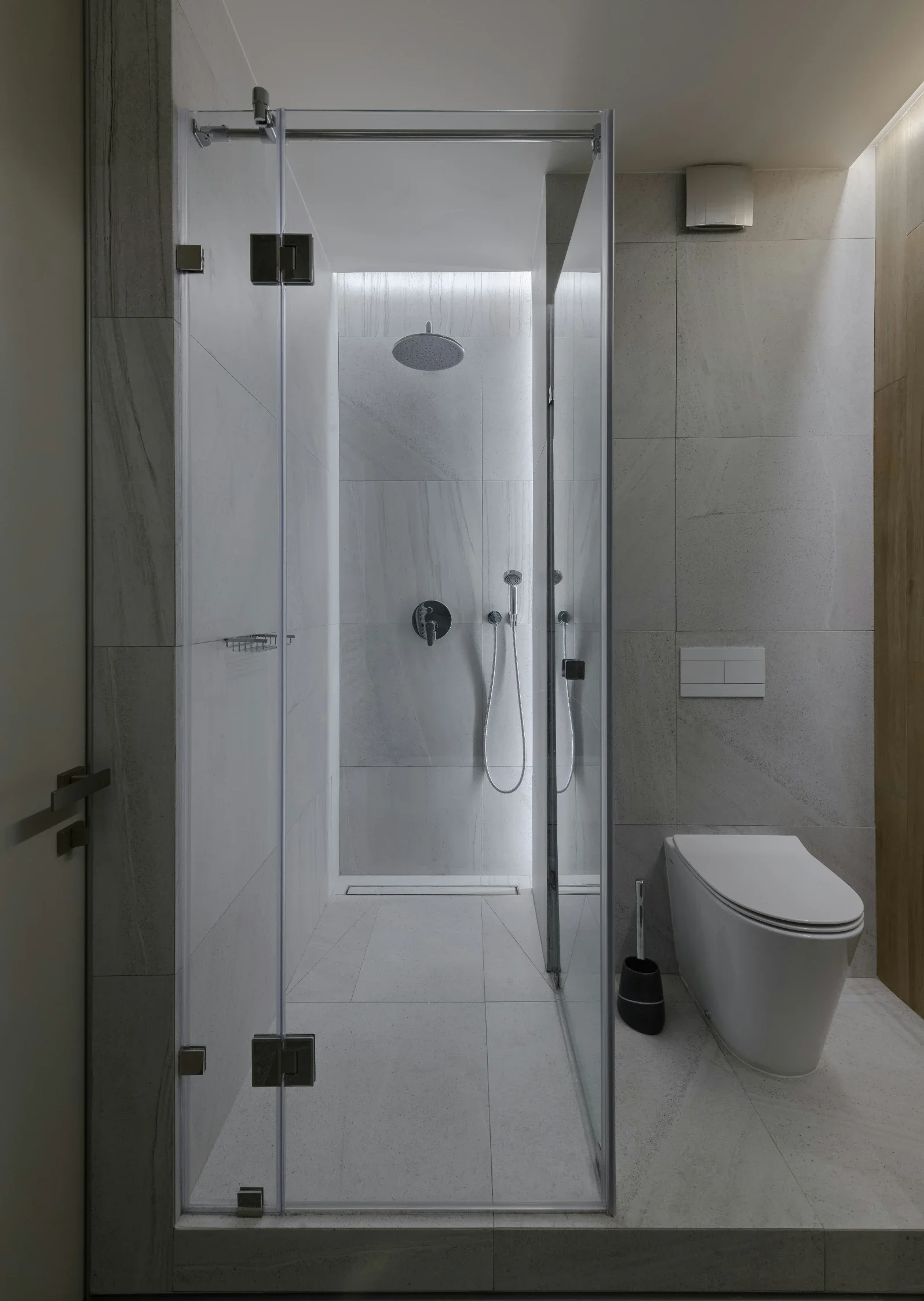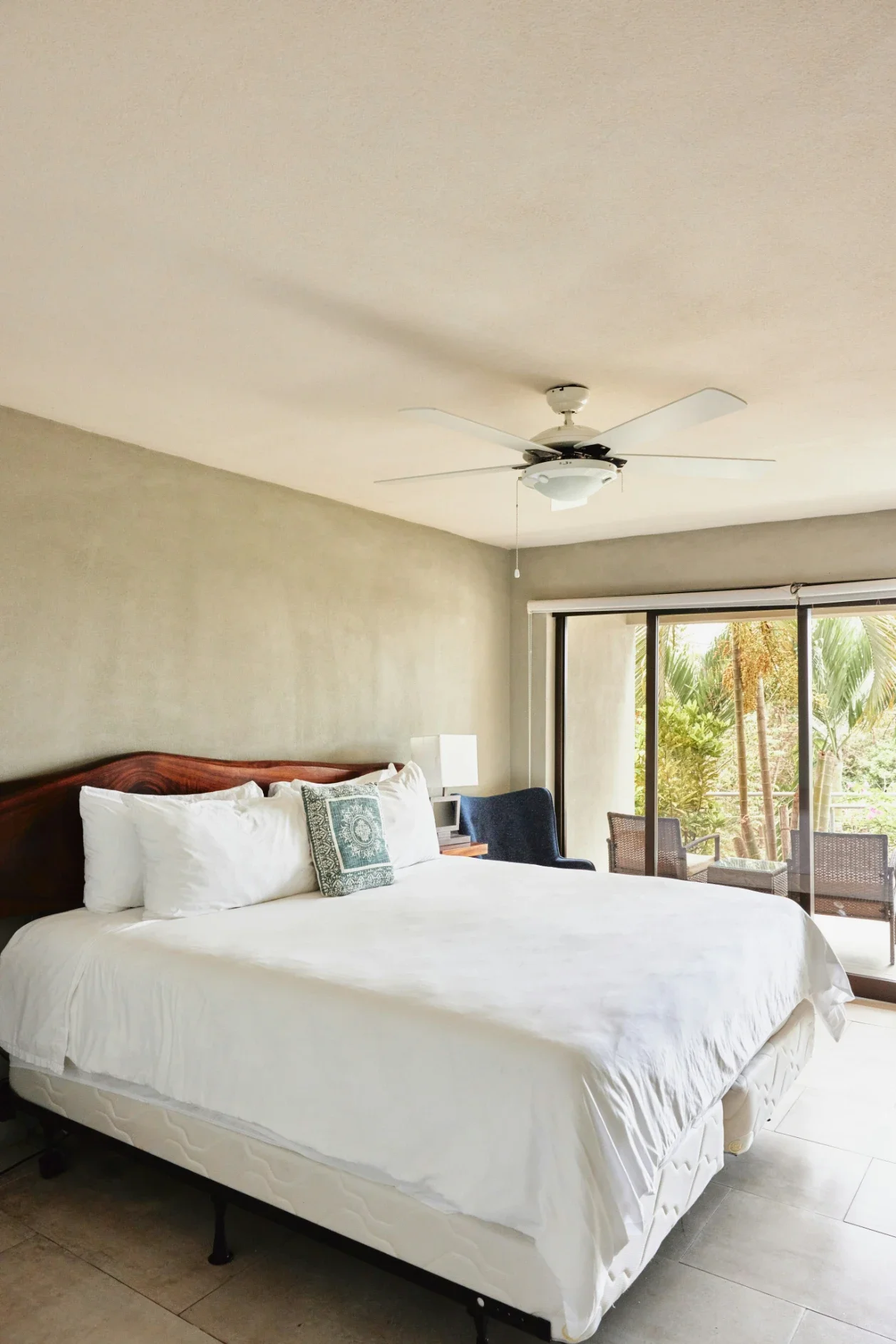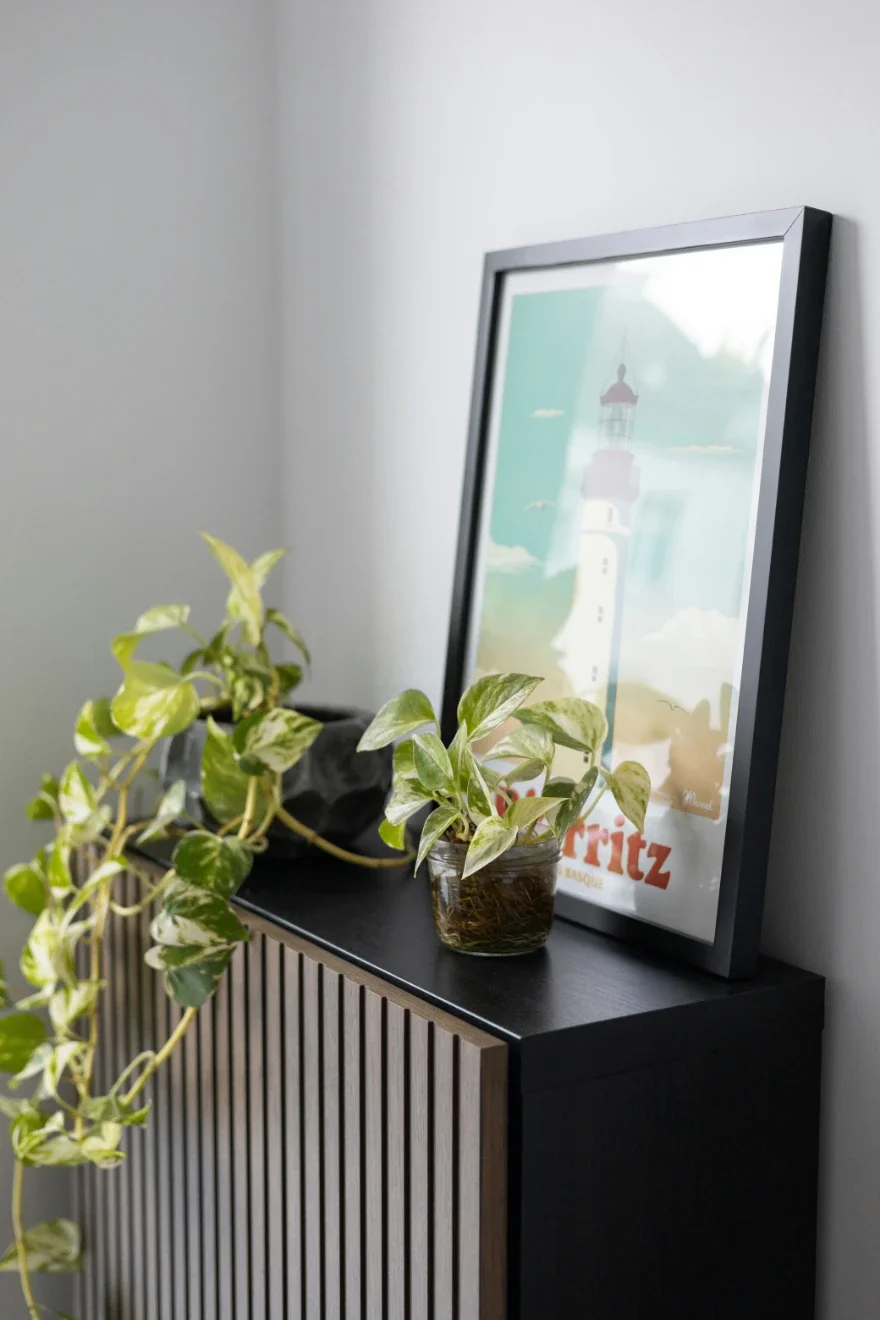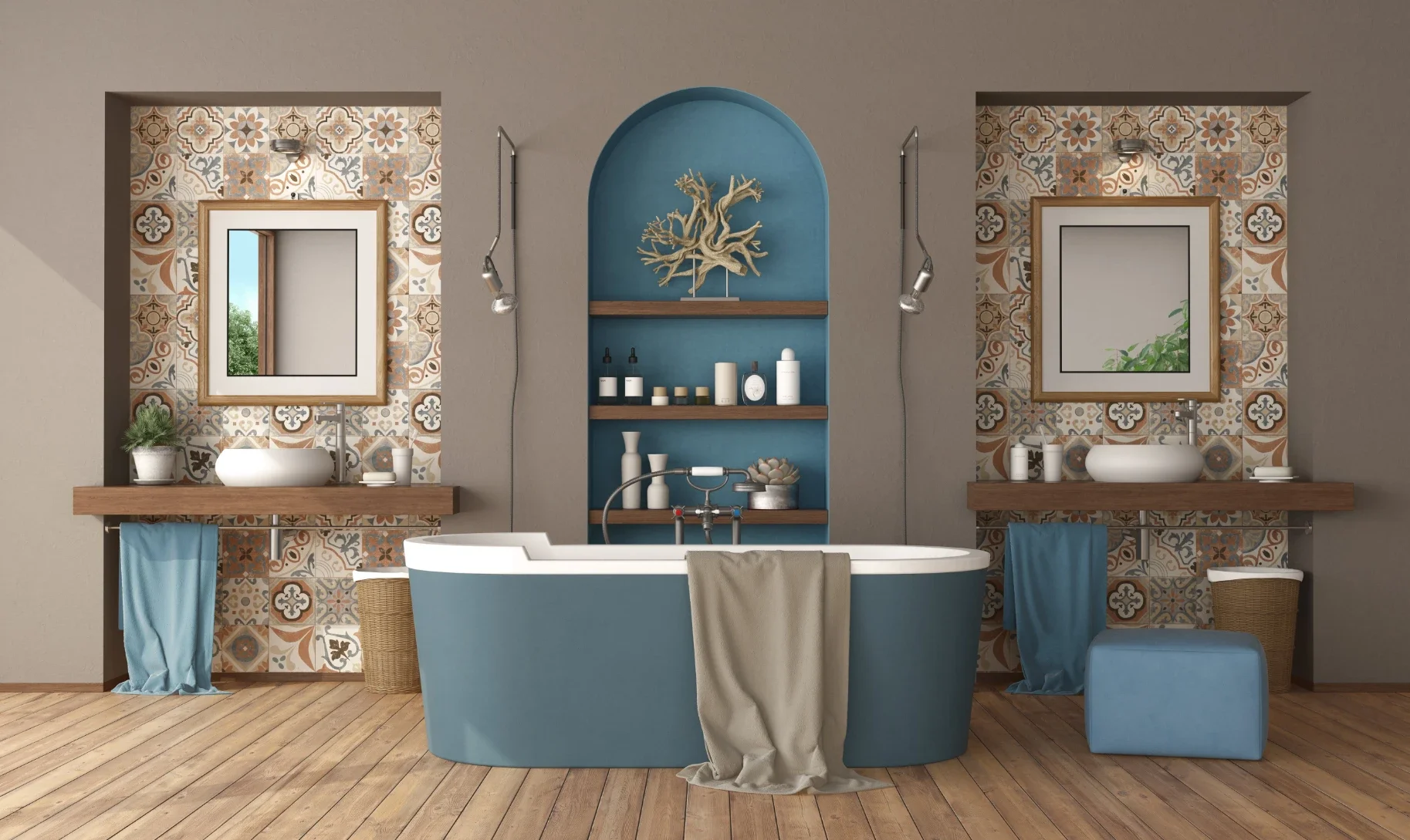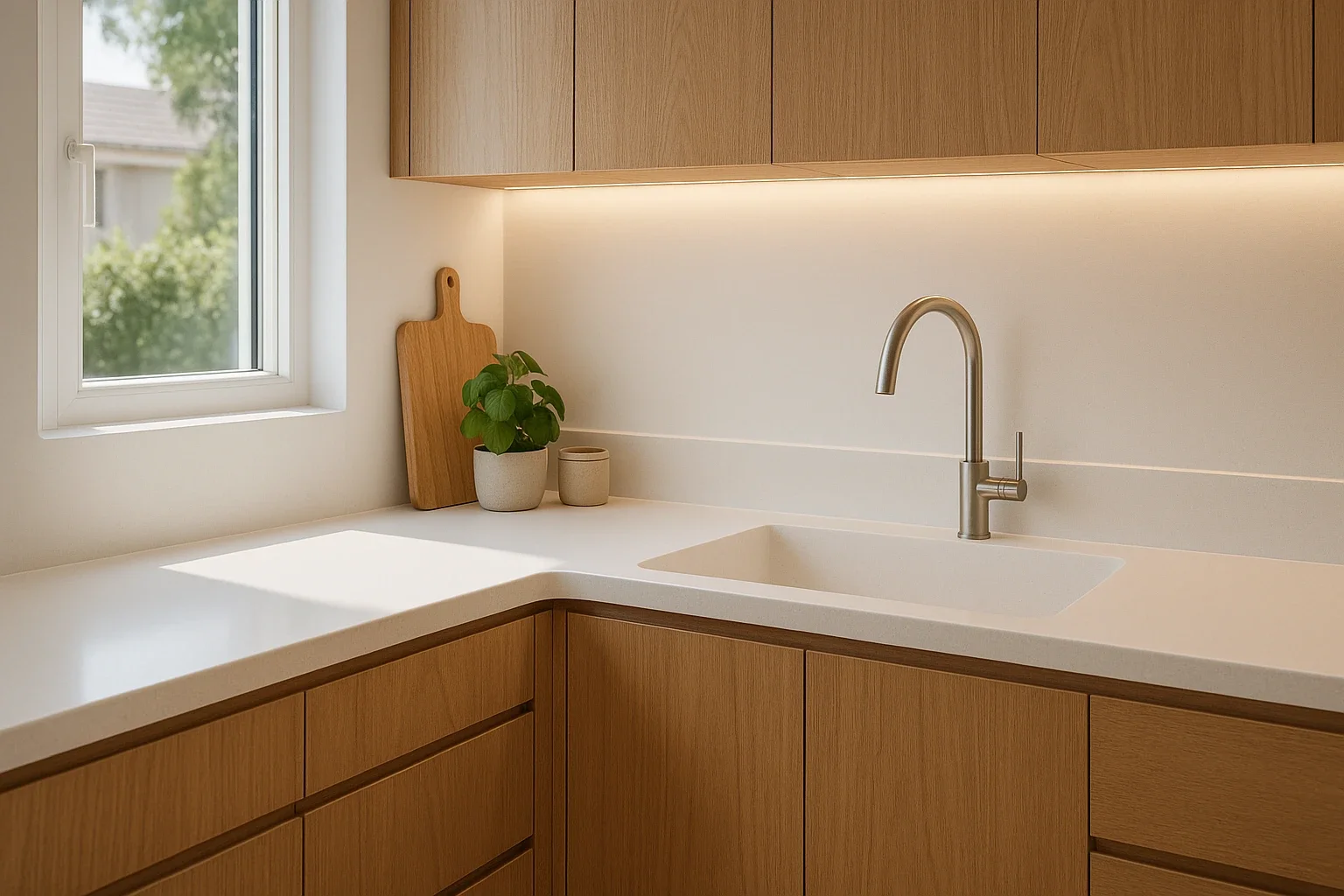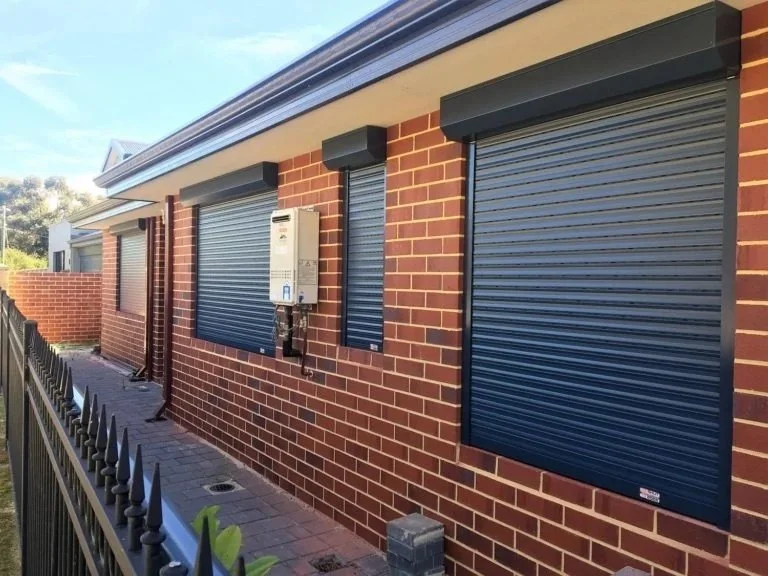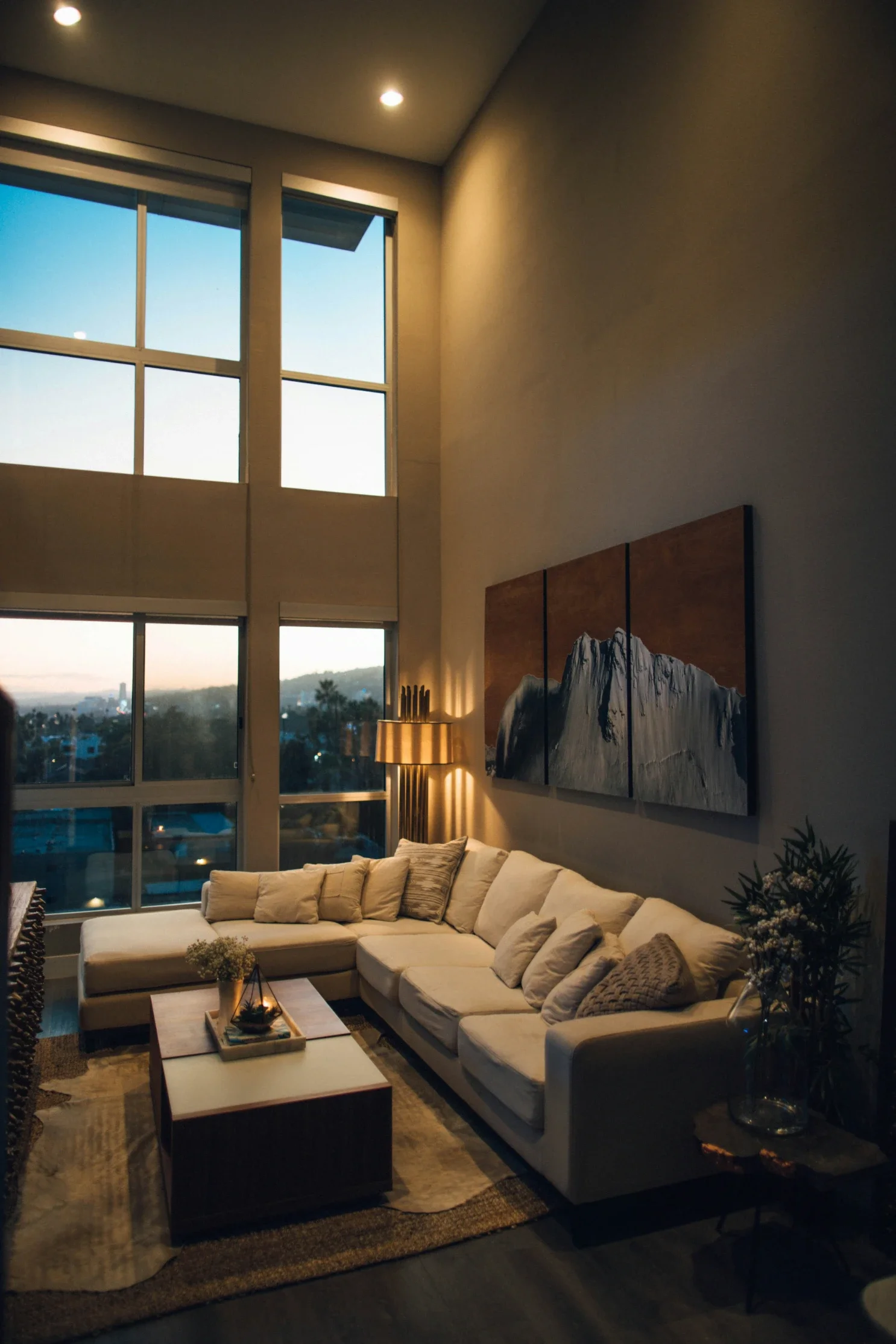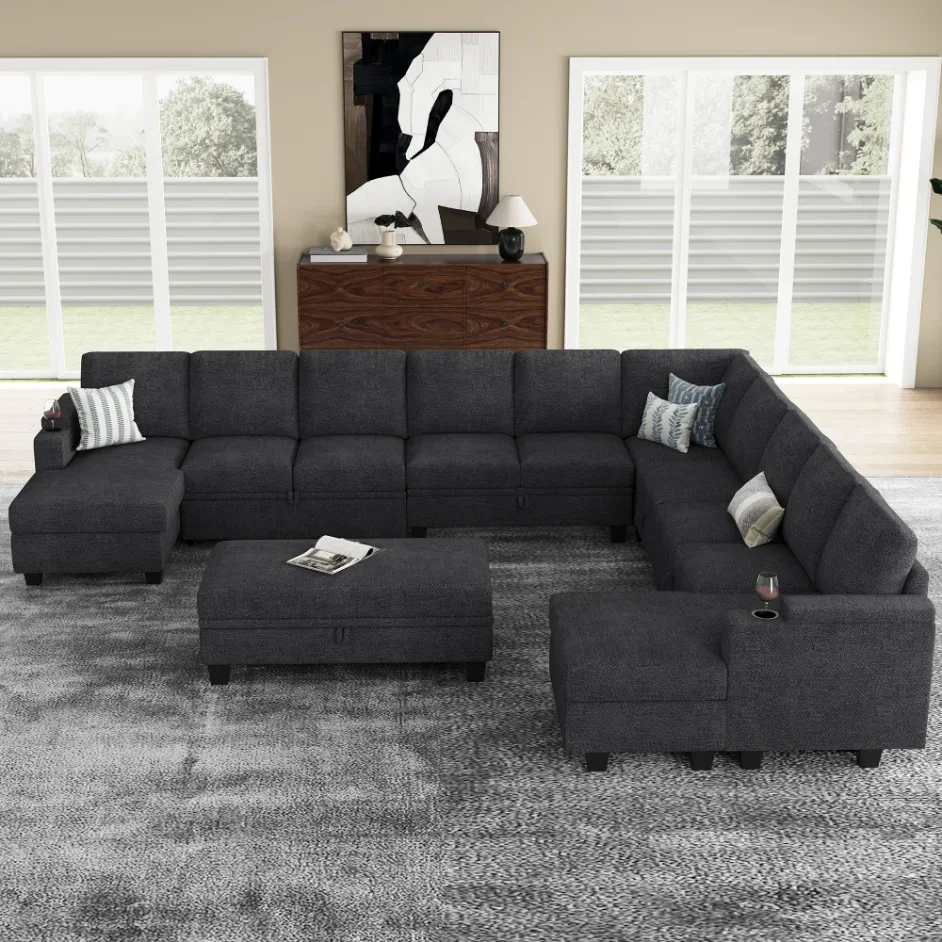Controlling the Light With Different Window Blinds Materials
Discover the versatility of window blinds for effective light control. Explore materials like wood, aluminum, vinyl, and fabric, factoring in durability, privacy, aesthetics, and budget. Consider room usage, window orientation, safety features, and installation ease for the perfect choice
Choosing the right blind material for the window is vital in controlling the light entering your room. Different materials offer varying degrees of light filtration, from completely blocking out the light to gently diffusing it for a softer effect.
This guide will take you through an overview of the different materials used in window blinds, highlighting their unique properties and how they can influence the light in your room. Whether you prefer wood's opaqueness or vinyl's translucence, you'll find the perfect fit for your window dressing needs.
Wood Blinds
Wood blinds are a classic and elegant choice for window coverings. They come in various finishes, from the natural look of bamboo to the rich tones of mahogany.
These blinds offer excellent light control, with tighter slats providing more privacy and less light exposure. For complete darkness, choose wood blinds with no visible holes between slats. However, remember that wood is a natural material that may warp or fade when exposed to sunlight for extended periods.
Aluminum Blinds
Aluminum blinds are a popular choice for their durability and affordability. They come in various colors and finishes, giving you many options to match your interior design.
These blinds are also highly adjustable, allowing you to precisely control the amount of light entering your room. Opt for wider or narrower slats for maximum light exposure for a more filtered effect.
However, aluminum can be noisy when pulled up and down, so it may not be ideal for bedrooms or other quiet spaces.
Vinyl Blinds
Vinyl blinds offer a similar look to wood blinds but at a lower cost. They are also easier to clean and maintain, making them ideal for high-moisture areas such as bathrooms or kitchens.
These blinds come in various textures, from smooth to embossed faux wood, offering a wide range of light filtering options. Their insulating properties also make them energy-efficient, keeping the heat out during summer and trapping warmth during winter.
Fabric Blinds
Fabric blinds, also known as Roman shades, add a touch of softness and elegance to any room. They come in various patterns and styles, from sheer to blackout fabrics.
These blinds are excellent for diffusing light while still maintaining privacy. Opt for lighter colors and materials if you want more light to pass through, or choose thicker fabrics for a darker room. Remember that fabric blinds may require more maintenance and can be prone to wrinkles or stains.
How to Choose the Right Blinds for Your Windows
When choosing the right blinds for your windows, consider the following key factors:
Light Control: Determine how much light you want in the room. If you want to block out the light completely, opt for materials like wood or blackout fabric blinds. For a soft, diffused light, consider fabric or vinyl blinds.
Durability: Consider the durability of the material. Aluminum and vinyl blinds are more durable and easy to maintain, making them ideal for rooms with high humidity, like kitchens or bathrooms.
Privacy Needs: If privacy is a concern, choose blinds with tighter slats, like wood or aluminum blinds. These options offer maximum privacy while still allowing for some light control.
Aesthetic Appeal: Match the style and color of the blinds with your room's decor. Wood blinds add a classic, elegant feel, while fabric blinds can add a touch of softness and sophistication. Aluminum and vinyl blinds come in various colors and finishes to suit any style.
Budget: Your budget will also influence your choice. Wood and fabric blinds are more expensive, while aluminum and vinyl offer a more affordable option with similar light control and privacy features.
Energy Efficiency: Some materials, like vinyl, have insulating properties that can help regulate the room temperature, making your home more energy-efficient.
Maintenance: Some materials require more maintenance than others. For instance, fabric blinds may need regular washing to remove stains or dust, while vinyl and aluminum blinds can be easily cleaned with a damp cloth.
Additional Factors to Consider
Room Usage: Different rooms in the home have different needs. For instance, bedrooms may require blinds that block out much light, like wood or blackout fabric blinds, to promote restful sleep. Meanwhile, living rooms and kitchens might benefit from blinds that let in more light, like vinyl or fabric blinds, to create a brighter, more inviting atmosphere.
Window Orientation: The direction your window faces can impact the amount of sunlight it receives during the day. South- or west-facing windows often get a lot of sunshine and might require blinds with higher light-blocking capabilities, such as wood blinds.
Windows facing north or east typically get less direct sunlight so they could use lighter materials like fabric or vinyl for a more diffused light effect.
Safety Features: If you have children or pets at home, consider choosing blinds with safety features. For example, many blinds now come with cordless options to prevent the risk of strangulation. Some blinds also have breakaway tassels and cord stops for added safety.
Sound Insulation: Some types of blinds also offer sound-insulating properties. Fabric blinds, for instance, can help reduce noise levels in bustling areas of the home, making them a great choice for bedrooms or home offices.
Installation: Some blinds are easier to install than others. For example, vinyl and aluminum blinds often have user-friendly installation features, making them a good choice for DIY enthusiasts.
On the other hand, wood and fabric blinds might require professional installation due to their weight and the complexity of their installation process.
Conclusion
In conclusion, choosing the right window blinds involves considering light control, durability, privacy needs, aesthetic appeal, budget, energy efficiency, and maintenance. It's also essential to consider room usage, window orientation, safety features, sound insulation properties, and ease of installation.
With these in mind, you can find the perfect window blinds to enhance the functionality and aesthetics of your home. So, be sure to explore all the options before making a decision!
